GreyDogTales on Equation Thrillers
 |
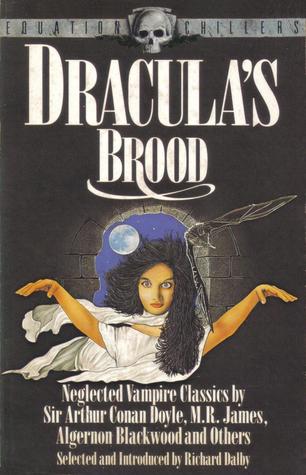 |
 |
Yesterday my friend Neil Baker, publisher at April Moon Books, introduced me to blogger John Linwood Grant, who blogs at GreyDogTales. I wandered over to his corner of the internet, and was delighted to find a fascinating discussion of the Equation Chillers, a line of British horror anthologies I’d never heard of.
Right, let’s go back a few years. Nearly three decades, in fact. One of our finds of the late eighties was the short-lived Equation Chillers series. Sadly, only eight books were ever produced directly under the imprint. We have battered copies of all of them which we bought at the time, thank goodness.
They were, in a way, the precursor of the Wordsworth Editions, where lost, rare or unusual stories of the supernatural suddenly became available at an affordable price. Equation revived a whole haunted house full of Victorian and Edwardian short stories, and it’s worth noting all eight volumes here, with the occasional comment from us.
Anything in the spirit of the delightful Wordsworth Editions Tales of Mystery and the Supernatural (or, as we prefer to call them, TOMAToS) has my immediate attention. Check out John’s full article — with plenty of marvelous cover scans — here. And it looks like I’ll be spending some quality time at his website.
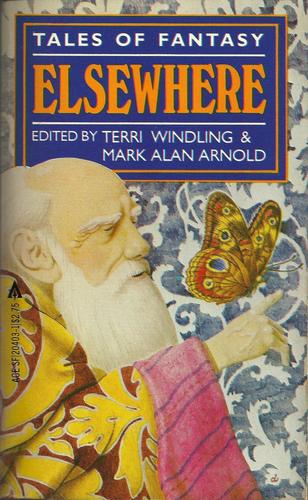

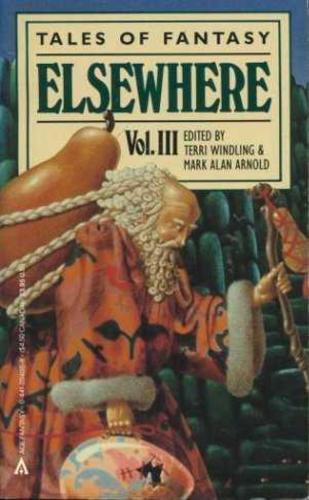
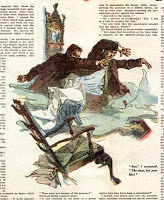
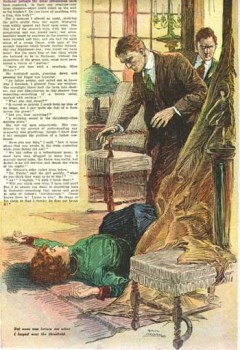

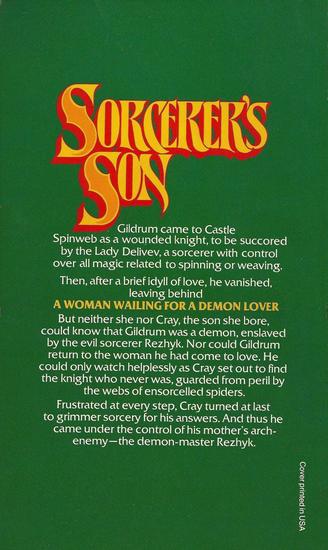
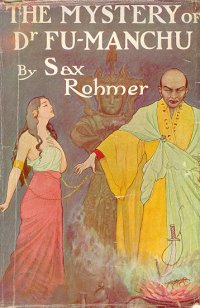
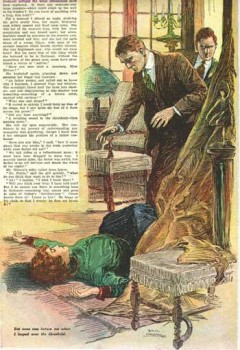

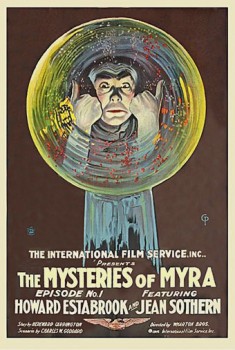
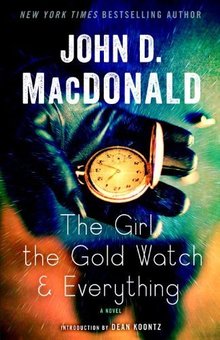 John D. MacDonald is one of my favourite crime writers, and he’s probably best known for his Travis McGee series, starting with The Deep Blue Goodbye (1964) and ending with The Lonely Silver Rain (1985). Others, such as Glen Cook, have used this device after him, but I’m fairly certain that MacDonald’s the first person who identified individual books in his series by giving each one a title colour.
John D. MacDonald is one of my favourite crime writers, and he’s probably best known for his Travis McGee series, starting with The Deep Blue Goodbye (1964) and ending with The Lonely Silver Rain (1985). Others, such as Glen Cook, have used this device after him, but I’m fairly certain that MacDonald’s the first person who identified individual books in his series by giving each one a title colour.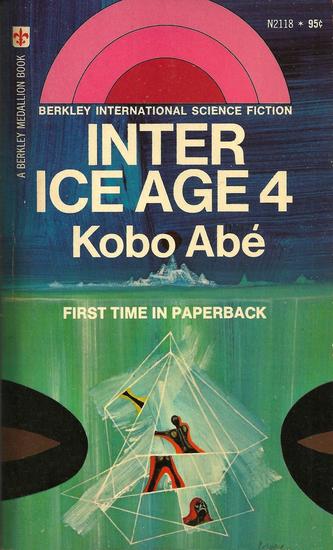
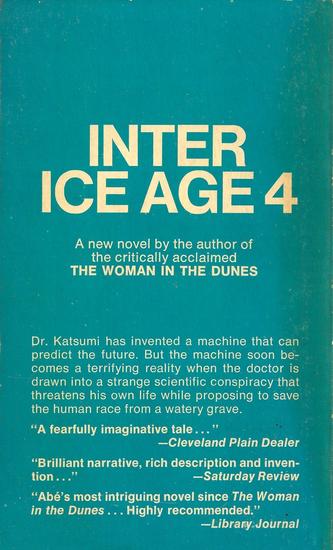
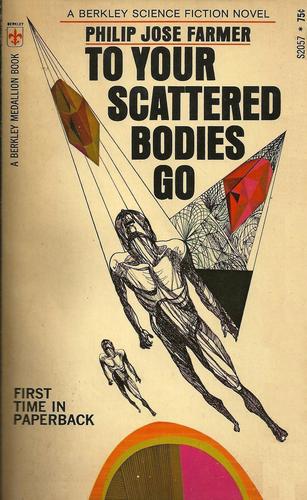

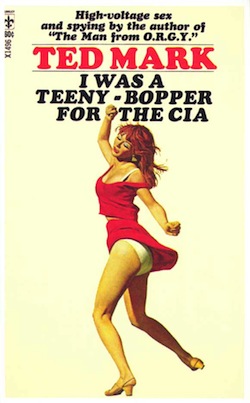 Many, many years ago I worked at a used bookstore called Bookmans in Tucson. Everybody from Arizona knows Bookmans. They have several stores around the state and they’re all as big as supermarkets, filled with used books, music, and games. Most books are half cover price, and employees got a 50% discount. Sometimes the manager would be like, “You did a good job today, Sean, take a book.”
Many, many years ago I worked at a used bookstore called Bookmans in Tucson. Everybody from Arizona knows Bookmans. They have several stores around the state and they’re all as big as supermarkets, filled with used books, music, and games. Most books are half cover price, and employees got a 50% discount. Sometimes the manager would be like, “You did a good job today, Sean, take a book.”